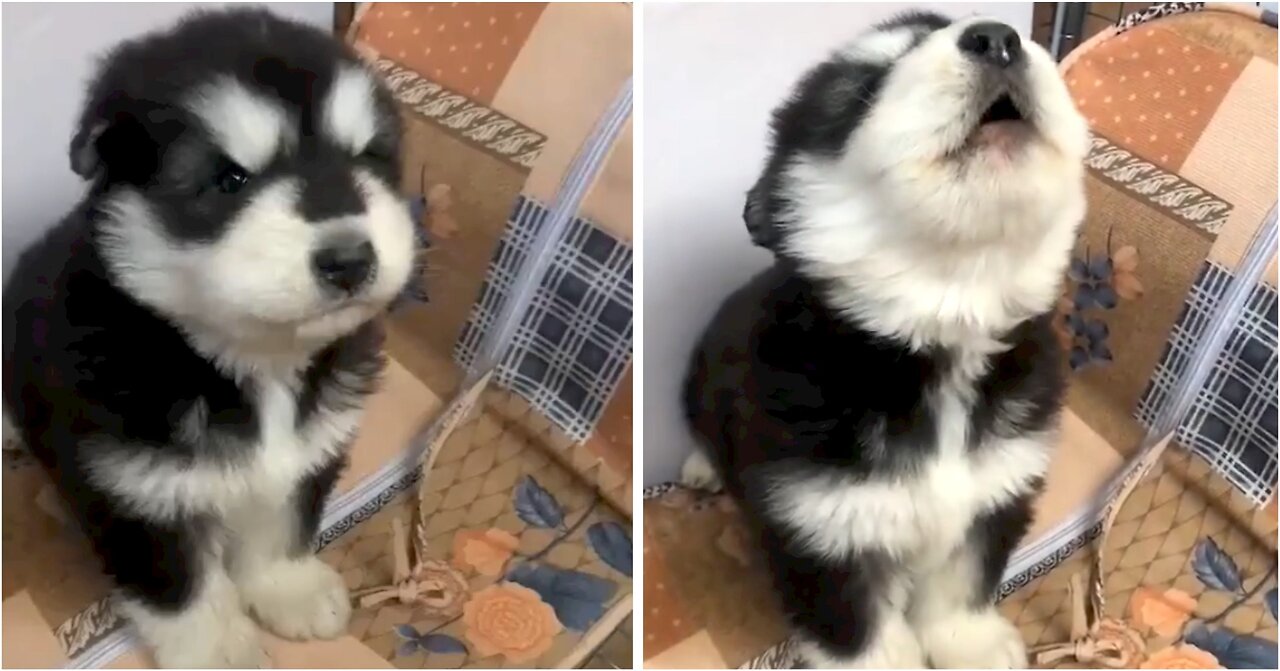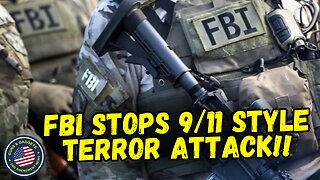Premium Only Content

Husky puppy's first howl
The Siberian Husky is a medium size working dog breed that originated in north-eastern Siberia, Russia. The breed belongs to the Spitz genetic family. It is recognizable by its thickly furred double coat, erect triangular ears, and distinctive markings.
The original Siberian Huskies were bred by the Chukchi people — whose hunter-gatherer culture relied on their help. It is an active, energetic, resilient breed, whose ancestors lived in the extremely cold and harsh environment of the Siberian Arctic. William Goosak, a Russian fur trader, introduced them to Nome, Alaska during the Nome Gold Rush, initially as sled dogs. The people of Nome referred to the Siberian Huskies as “Siberian Rats” due to their size of 40–50 lbs. compared with the Malamute dogs, 75–85 lbs.
-----------------------------------------------------------------------------------------------
Siberian Husky Behavior:-
Siberian Huskies howls rather than barks. They have been described as escape artists, which can include digging under, chewing through, or even jumping over fences.
Because the Siberian Husky had been raised in a family setting by the Chukchi and not left to fend for themselves they could be trusted with children. The ASPCA classifies the breed as good with children. It also states they exhibit high energy indoors, have special exercise needs, and may be destructive “without proper care”.
Siberian Huskies have a high prey drive due to the Chukchi allowing them to roam free in the summer. The dogs hunted in packs and preyed on wild cats, birds, and squirrels, but with training can be trusted with other small animals. They would only return to the Chukchi villages when the snow returned and food became scarce. Their hunting instincts can still be found in the breed today.
A 6 ft (1.83 m) fence is recommended for this breed as a pet to prevent the Husky from escaping, although some have been known to overcome fences as high as 8 ft (2.44 m). Electric pet fencing may not be effective. They need the frequent companionship of people and other dogs, and their need to feel as part of a pack is very strong.
A fifteen-minute daily obedience training class has been shown to serve well for Siberian Huskies. Siberians need consistent training and do well with a positive reinforcement training program. They rank 54th in Stanley Coren’s The Intelligence of Dogs, being of average working/obedience intelligence.
-----------------------------------------------------------------------------------------------
History and Background of the Siberian Husky:-
Native to Siberia, the Siberian Husky was brought to Alaska in 1909. The Siberian Husky was originated by the Chukchi people of northeastern Asia as an endurance sled dog. When changing conditions forced these semi-nomadic natives to expand their hunting grounds, they responded by developing a unique breed of sled dog, which met their special requirements and upon which their very survival depended.
In the winter of 1925, when a diphtheria epidemic broke out in the isolated town of Nome, Alaska, a relay of dog teams brought life-saving serum from distant Nenana. This heroic endeavor earned national prominence for the drivers and their dogs. One of these drivers, Leonard Seppala, brought his team of Siberian Huskies, descendants of the original imports from Siberia, to the United States on a personal appearance tour. While in New England he competed in sled dog races and again proved the superiority of Siberian Huskies over the native dogs. The New England drivers and pioneer fanciers acquired foundation stock, earned AKC recognition for the breed in 1930, and founded the Siberian Husky Club of America in 1938.
-
 1:11:52
1:11:52
LFA TV
11 hours agoDebt Tuesday: Trump: More Tariffs on Canada, Mexico, China | WORLD HD 11.26.24 @8am EST
22.7K2 -
 1:05:00
1:05:00
Part Of The Problem
12 hours agoDave Smith | Trust the Science | Part Of The Problem 1196
59.9K35 -
 13:58
13:58
Tactical Advisor
17 hours agoBudget vs Expensive Shotgun
25K11 -
 14:19
14:19
justintech
13 hours ago $3.07 earnedBest Gaming PC Under $2000 - In 2024
14.3K6 -
 5:09
5:09
Guns & Gadgets 2nd Amendment News
23 hours agoFBI Stops 9/11 Style Terror Attack!!
36.6K20 -
 9:39
9:39
GBGunsRumble
23 hours agoGBGuns Armory Ep 128 Kimber R7 Mako Carbon Compact
51.6K6 -
 1:00:51
1:00:51
The Tom Renz Show
21 hours ago"DEI Is Racist - Who knew & Redfield Now Worries About COVID Jabs"
74.3K8 -
 5:01
5:01
BIG NEM
14 hours agoInside the Albanian Mob... As a Serb.
33.7K2 -
 1:40:14
1:40:14
TheConnieBryanShow
4 days agoGAIN OF FUNCTION: MRNA, D.A.R.P.A. & THE PFIZER PAPERS
32K5 -
 2:14:01
2:14:01
Fresh and Fit
10 hours agoDr. Disrespect Moves To Rumble!
82.1K61